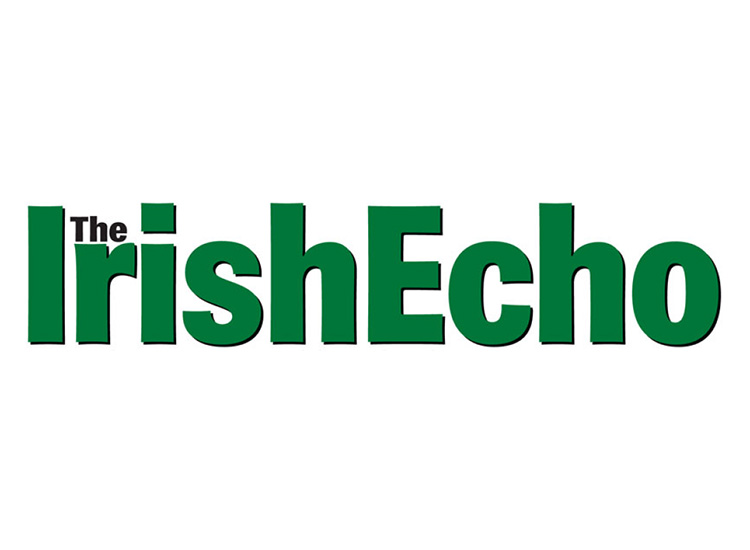Traditional Music /
By Daniel Neely
I came across an album in my apartment last week that I really should have gotten to months ago, Gráinne Holland’s “Teanga na nGael” (which translates to the “Language of the Gael”). I was going through a few things on a bookshelf and BOOM, there it was, so, I had a listen and was really pleasantly surprised – it’s a wonderful vocal album in the Irish language that showcases a fresh and forward looking approach to traditional song. Holland grew up speaking both English and Irish in west Belfast, a largely Irish-speaking area that was recently designated the city’s “Gaeltacht Quarter.” She fell in love with Irish music at an early age and attended the first Irish-language primary school in Belfast, Bunscoil Phobail Feirst. This album is very clearly an expression of how and where she grew up, both as a musician and as an Irish speaker in Belfast.
Holland’s voice is charming, and she approaches her repertory with great confidence and conviction. There’s also a hipness in her music that never seems to overwhelm her traditional outlook. On a track like “An tSeanbhean Bhocht,” for example, a upbeat musical arrangement and a Mícheál Ó Súilleabháin translation sheds new light on Liam Clancy’s well-known version of “Sean Bhean Bhocht.” In contrast, “Uiseag Bheag Ruaidh” casts a darker tone. A lullaby from the Isle of Man likely first published in 1896, Holland’s approach here (which features a plaintive clarinet) projects a delicacy that impels her listener’s favor. A similarly dark and almost strident tone is set on “Báta An tSíl,” a track on which Holland is joined (as she is elsewhere on the album) by uilleann piper John McSherry. Here, McSherry provides a haunting, ethereal background that communicates the acute heartbreak in this song from the Isle of Barra, Scotland. “Teanga na nGael” was produced by Dónal O'Connor, the son of fiddler Gerry O'Connor. O’Connor’s imprint here is substantial. In addition to arranging much of the album’s music, he also features on fiddle, viola, bouzouki, keyboards and tenor guitar. O’Connor’s steady musical and creative hand is a major reason for this album’s success. Indeed, some of the album’s finest tracks feature both O’Connor and McSherry, a pair with a long-lived musical association. Among other projects, the duo released their CD “Tripswitch” in 2006, collaborated on guitarist Bob Brozman’s album “Six Days in Down” in 2010 and are currently members of the group “At First Light.” I point in particular to the album’s opening track, the traditional “A Bhean Údaí Thall” where I think the duo’s talents articulate best with Holland’s. O’Connor’s punchy arrangement creates an intimate space in which Holland’s voice shines. He does this by writing spaciously with a punchy McSherry riff at its core. The lovely vocal harmony that creeps in at song’s end is bracingly unexpected and rounds off what is surely one of the album’s finest tracks. There is much to recommend here, however. I expect listeners will be very attracted to Holland’s take on Joseph Campbell’s “The Blue Hills Of Antrim / Méilte Cheann Dubhrann.” Similarly, I think folks will also enjoy “Seanduine Dóite” for its cheery bounce and “Iníon An Bhaoilligh” for its drama. Ultimately, “Teanga na nGael” is an outstanding album from a talented young singer and will interest anyone who loves traditional song. In addition to her fine musical work, Holland is to be commended for her excellent website, which compliments her CD perfectly. It includes links to videos, photo galleries, downloadable high-resolution press photos (which is an extremely smart move because it helps people doing the kind of work I’m doing right now), PDF lyrics for all her songs, information about upcoming gigs, project news and, of course, information about how to buy her music. It’s comprehensive and well put together.
To learn more, visit
grainneholland.com.










